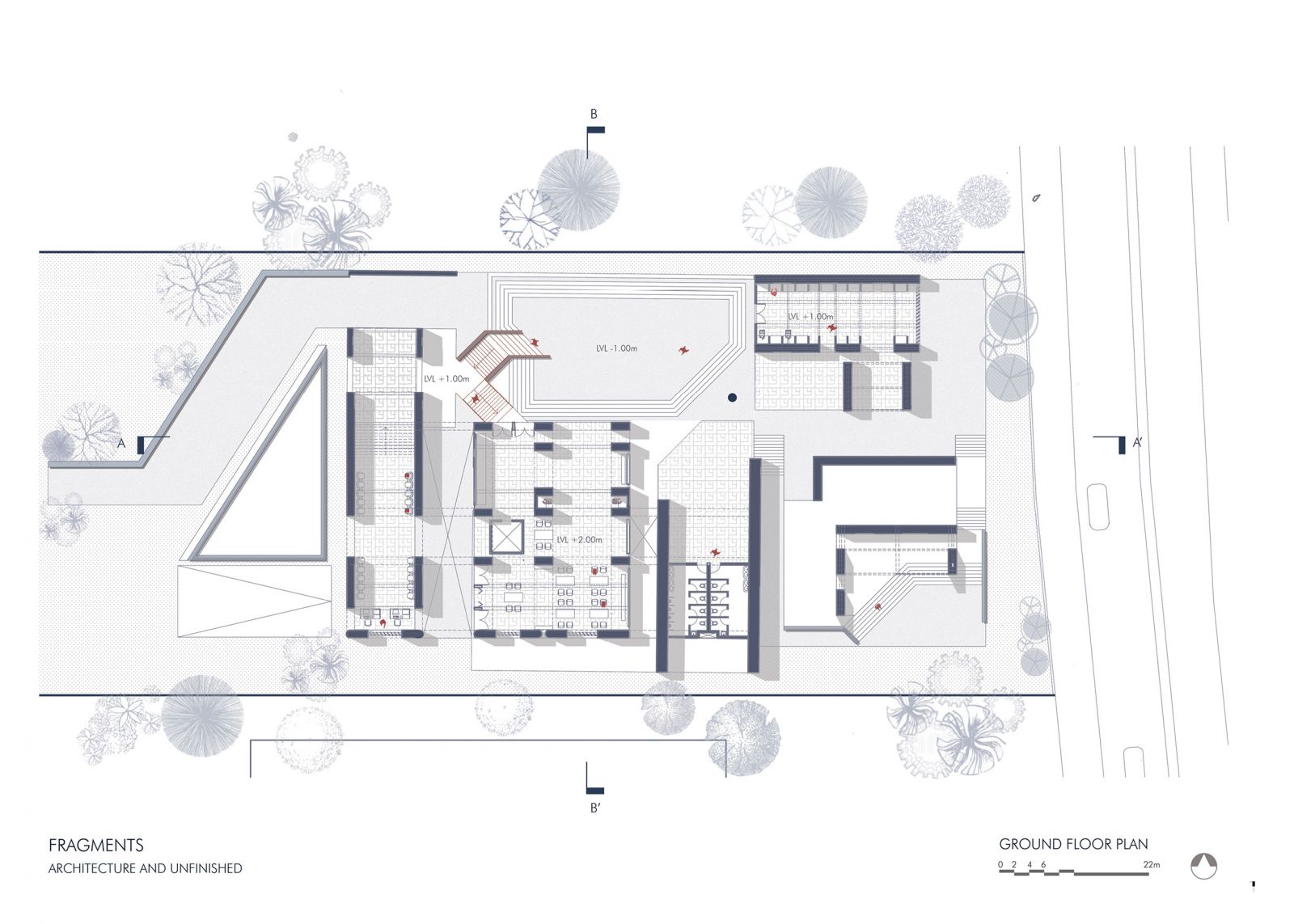Your browser is out-of-date!
For a richer surfing experience on our website, please update your browser. Update my browser now!
For a richer surfing experience on our website, please update your browser. Update my browser now!
The concept of fragmentation here began with the idea that a library serves as a tool for expanding infinite knowledge and imagination. This inspired the notion of taking a cube and opening it up infinitely to form a tesseract—a progression where one form breaks into another and so on. This led to the question: how does anything expand or fragment? The concept of fragmentation was then interpreted through ideas of open plans, ambiguity, and structural rationalism. The massing was determined using grids, where elements were added and omitted. A unit cube was chamfered to create various bays, which facilitated functionality while maintaining a seamless flow of movement. For me, movement became the guiding principle for fragmentation. Essentially, how does movement create fragmentation? I believe it does so by breaking order. In my design, the building is oriented along the north-south axis, facing the riverfront. Fragmentation here is conceived as an order disrupted by movement. Ambiguity begins at the entrance, where the staircases are obscured, leading directly into a large plaza that offers a full view of the complex. Movement breaks the building’s order by disrupting its levels, creating various split levels. The structure is consequently fragmented, with walls functioning as piers, while steel I-beams support concrete vaults.
View Additional Work








